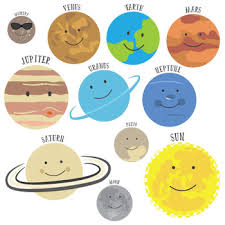
For Educators:
Space is a topic that is not all figured out in science. Children have to know that Earth is not the only object out there. How we are just a little speck in the whole outer space. The concept of space and where Earth came from is so important to learn. In this book, for 3rd or 4th graders, children will discover the other planets in our solar system.
Learning Objectives:
After this lesson students will be able to:
- Identify all the planets in the solar system.
- Have a clear understanding of whats in the solar system.
- Know the order of plants based of the suns location.
- Be able to identify characteristics of each planet.
Overview
There are 8 planets in our solar system. Planets orbit around the sun. Each planet is a different distance away from the sun. Our planets are located in the Milky Way galaxy. In this book we will learn about each planet and the key characteristics of what makes each one different and special!
The planets in order from the sun are:
-
Mercury
-
Venus
-
Earth (us!)
-
Mars
-
Jupiter
-
Saturn
-
Uranus
-
Neptune
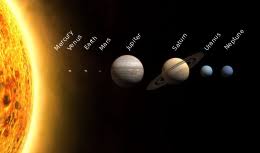
This awesome video will help you memorize the planets and gives some cool facts about each!
Mercury
- Mercury is the closest planet to the sun. It is about as wide as the Atlantic Ocean
- It is the fastest speeding planet.
- 18 Mercuries would fit into Earth.
- There is no water present on this dangerous planet
- There temperatures vary between -180°C and 430°C/-290°F and 842°F.
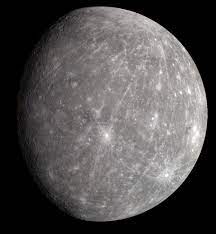
Venus
- Venus is named after the Roman goddess of beauty its also known as the evening or morning star.
- Yellow clouds made of sulfur and sulfuric acid cover the entire planet causing light to reflect off the surface.
- Venus is the second brightest object in the night sky after the Moon.
- However, it is the hottest planet in the Solar system with temperatures reaching 460°C/480°F.
- The surface of Venus hosts thousands of volcanoes, craters and super-high mountain ranges.
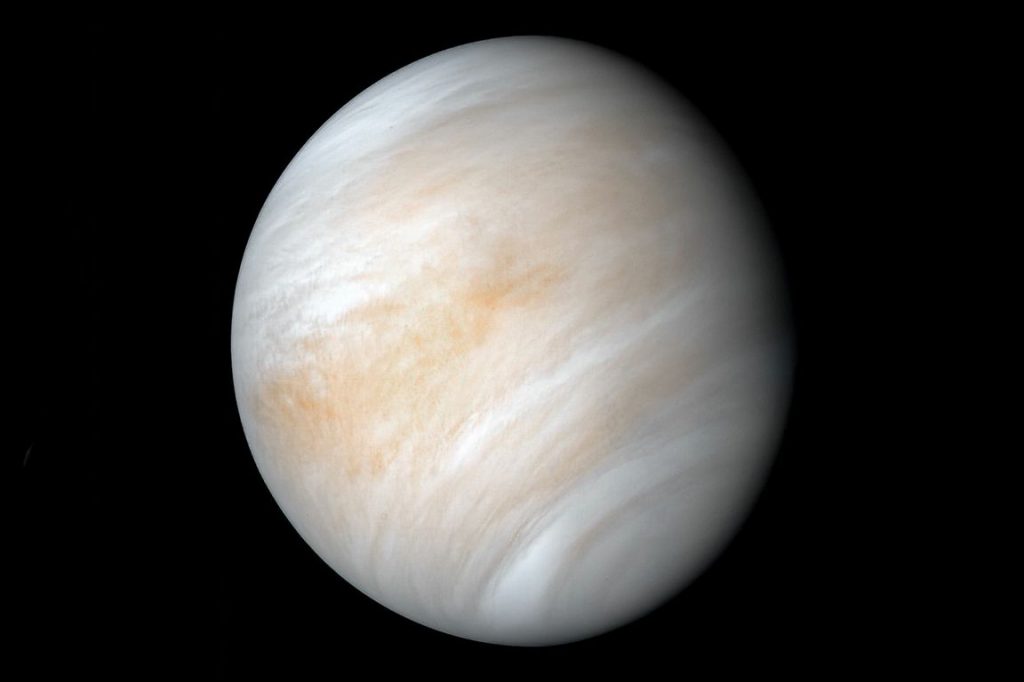
Earth
- Earth is the fifth largest planet of our solar system and has one large natural satellite, the Moon.
- All planets were named after Roman and Greek gods and goddesses, except the Earth. The name Earth means ground.
- This is the only place where life is known to currently exist.
- Most of the Earth’s surface (about 70%) is covered with water.
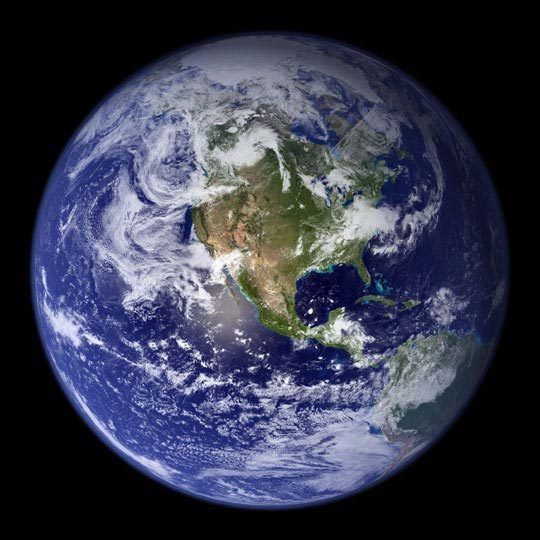
Mars
- Mars is affected by huge dust storms that occur every now and then and cover the entire planet.
- Mars is very cold and dry but water exists in form of ice at the North and South poles.
- The surface of Mars has many craters, deep valleys and volcanoes.
- Mars has two moons called Phobos and Deimos, both are probably asteroids which were caught up by Mars’ gravitational field.
- The largest peak on the red planet is a volcano called Olympus Mons, which is three times higher than Mount Everest, the highest mountain on Earth.
- There are two rovers on the surface of Mars and six spacecraft orbiting Mars.
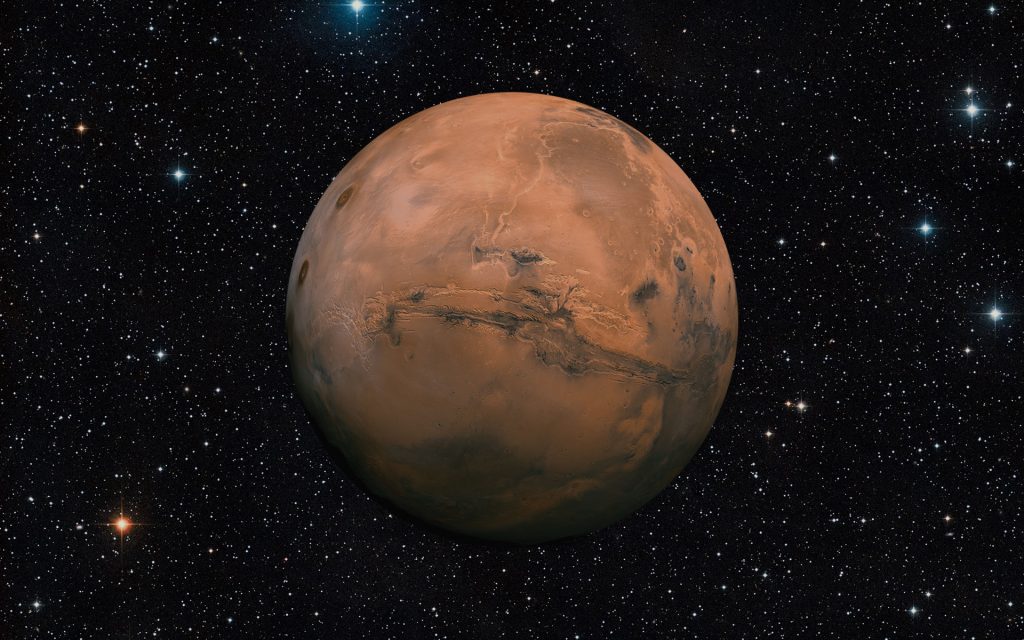
Jupiter
- Jupiter is the largest planet in the solar system.
- The most famous feature on the surface of the planet is the ‘Great Red Spot’ which is actually a storm that has been blowing for about 350 years, if not longer.
- Jupiter has some of the largest moons in the solar system and one in particular, Europa might be able to sustain life in an ocean below its icy surface.
- The following picture shows the red spot on Jupiter where there is a huge storm!

Saturn
- Saturn doesn’t really have a proper solid surface as it is mainly made up of gases with a small rocky core.
- Saturn is the second largest planet and is known for its rings, although the other gas giants also have these kinds of rings, only Saturn’s rings can be seen the clearest.
- Saturn’s moon, Titan is the second largest in the solar system.
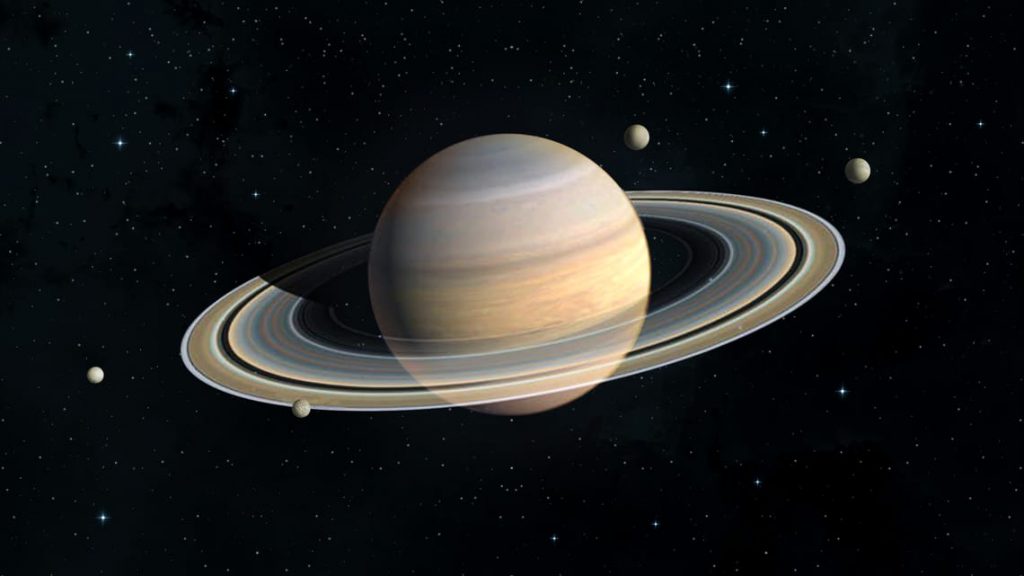
Uranus
- It takes Uranus roughly 84 years to orbit once around the Sun.
- Uranus is a blue planet, not because of water, but because of gases that make it appear blue.
- Uranus orbits on its side, which means that its seasons are completely different to ours.
- Summer and winter each take 21 years at the north and south poles.
- Uranus is the coldest planet.
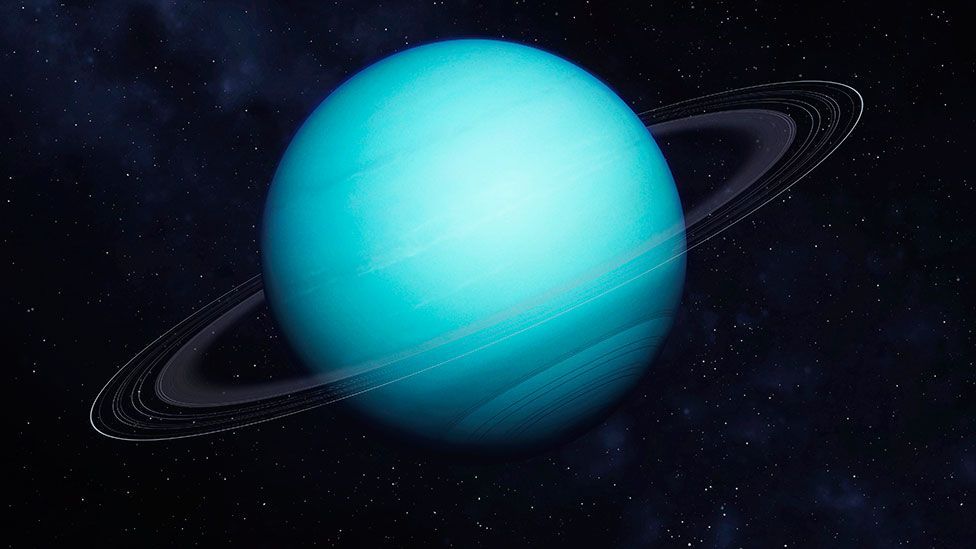
Neptune
- Neptune is closely related to Uranus, the atmosphere is composed of almost the same gases and just like Uranus, Neptune also appears blue.
- Neptune is the furthest planet from the Sun and it takes 165 years for Neptune to go once around the Sun.
- No space probes have ever visited Neptune or its partner Uranus but a fly-by was made by the space probe Voyager 2 in 1989.
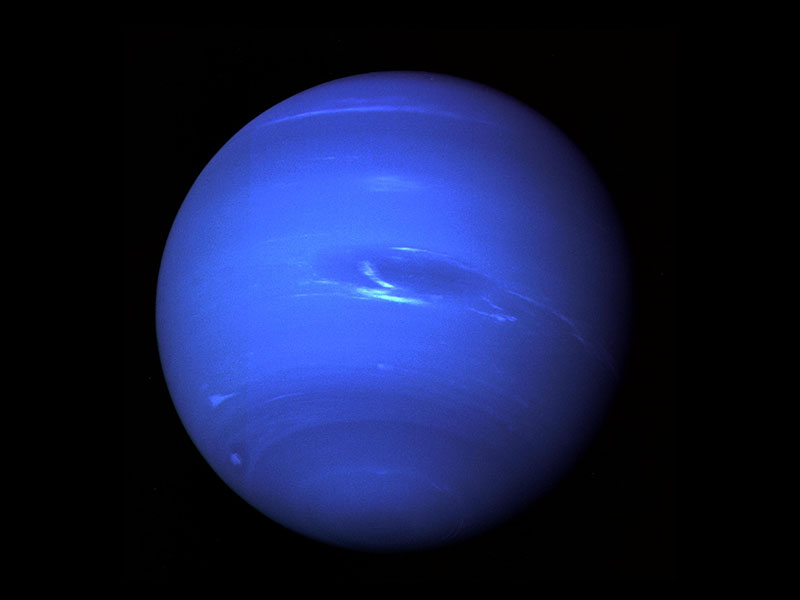
Discussion questions:
- What is the 6th planet from the sun? What makes it special?
- What is the coldest planet? What is the hottest planet?
- Why are Uranus and Neptune blue in color?
- What is the red spot on Jupiter?
- What planet is not named after a Greek or Roman God/Goddess?
- What on Earth compares to the width of Mercury?
Follow up activity
Everyone will receive a poster paper and pick their favorite planet they have learned about. Using colored pencils and markers, you will sketch and color that planet. Using the video and the information in the book, you will also write 2-3 interesting facts you learned about your planet. We can hang up your art work around the classroom and create our own solar system!
Published: Sep 21, 2021
Latest Revision: Sep 21, 2021
Ourboox Unique Identifier: OB-1204408
Copyright © 2021








